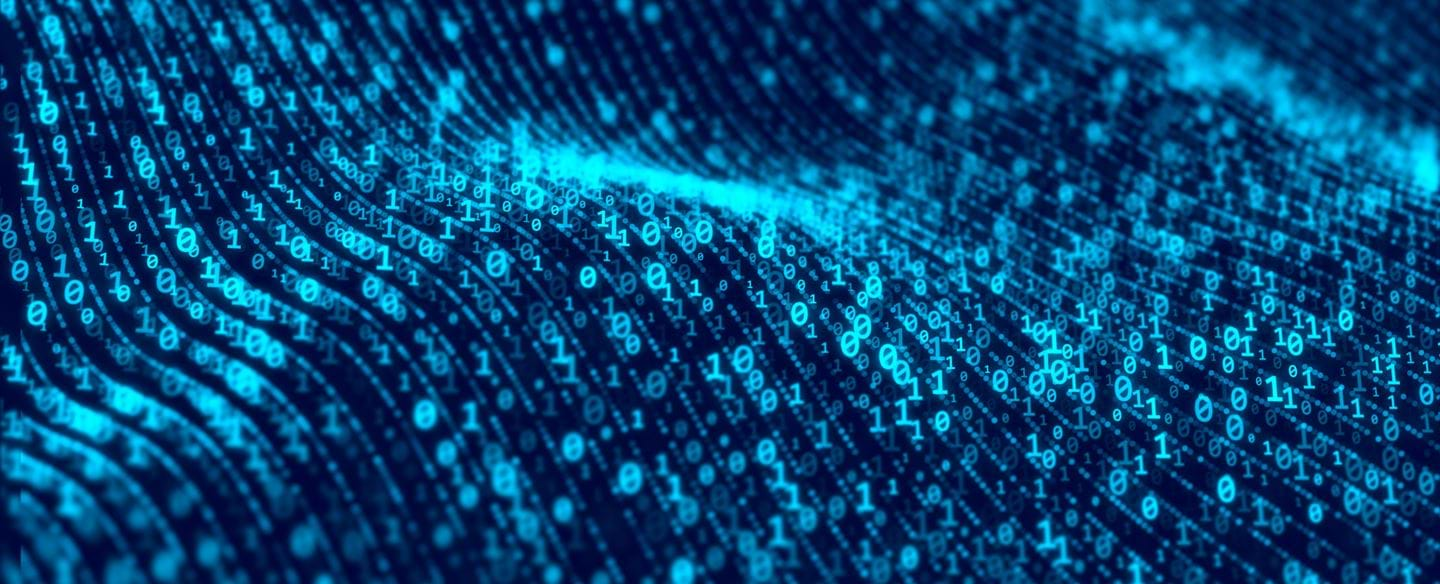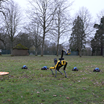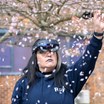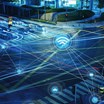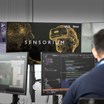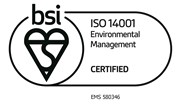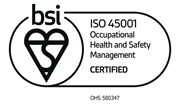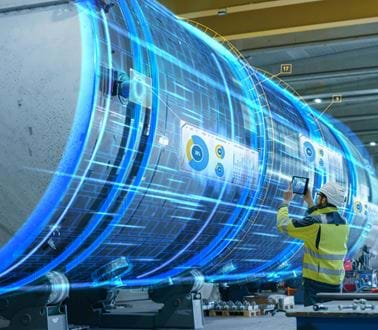
What is Extended Reality (XR)
Augmented reality (AR) and virtual reality (VR) have been big players within the gaming industry for several years. VR creates an artificial 3D environment, stimulating the senses to create an immersive experience. Current platforms operate in vision and hearing, but new advances in haptic suits could soon extend to include touch and smell.
AR overlays digital content on top of the real-world. Think of games such as Pokémon Go, where AR brings together physical locations and virtual worlds, deployed on smartphones. Digital data is typically unlocked either using a visual marker or the user’s geospatial position. However, head mounted wearable headsets such as HoloLens, Magic Leap and NReal glasses, are starting to revolutionise the delivery of AR by freeing the user’s hands. Also to note is the rise of AR in smartphones and tablets, most recently Apple added Lidar technology to their iPad Pro, specifically to support AR.
Extended reality (XR) is a relatively new umbrella term, covering both AR and VR, and other real-and-virtual combined environments generated by computer technology. Whilst many possibilities exist to utilise XR technologies within the medical, training, military and emergency sectors, the challenge lies in finding real-world examples. So let’s explore some of the current key areas.
Forecast
According to ARC’s latest market research report, the global Augmented Reality and Virtual Reality (ARVR) Market is anticipated to generate revenues of around US$ 298 billion by 2023.
IDC forecasts shipments of virtual reality headsets will reach 36.7 million units in 2023 with a five-year CAGR of 46.7%.
Among the various products and form factors, standalone headsets will account for 59% of all VR headsets shipped in 2023. In the AR headset market, total shipments are expected to reach 31.9 million units in 2023 with a 140.9% CAGR. Once again, standalone headsets will lead the market with 17.6 million units shipped and a 55.3% share.
Using XR in navigation
Stress and its associated hormones influence the function of the hippocampus, a brain structure critical for cognitive-map-based, allo-centric spatial navigation1. For users operating in stressful environments, such military and emergency responders, increasing situational awareness and response time is crucial. Navigation can also be hampered by poor vision due to smoke or low lighting.
AR is capable of making this navigation smarter by revealing routes, hazards and the location of the rest of the crew in low light. It provides assistance in situational awareness and can help save lives.
In the domain of Counter Explosive Hazards (CEH), civilians and military personnel may encounter invisible post explosive hazards such as residuals or toxins.
Using XR could ensure they find ‘safe routes’ through a town or city. Smart sensor data could be placed against fine detail urban mapping, together with other data such as the type of fumes and density, or topographic features like trees. Merging this information digitally could direct people towards the cleanest air.
AR upon successful registration with the environment has potentials to help visualise geospatial points of interest over the real world. The blend of digital and real will be fed into the head mounted displays of battlefield personnel. This is particularly important in the Dismounted Situational Awareness (DSA) field, to help improve operational intelligence. Current accuracy of registration is within a few meters, however this is an area that is constantly improving.
Training in XR
The UK digital health system is already pioneering innovations in the AR and VR space. One example is the first operation to remove cancerous tissue using a VR camera so students can ‘experience’ it from another room.
Little wonder then, that XR is also being used to enhance learning. The brain absorbs information more effectively in the immersive environments of AR and VR, up to 33%, according to Stanford University Virtual Human Interaction Lab researcher Jeremy Bailenson.
Army personnel have used VR to improve safety awareness, undertaking training using simulations of explosives and the control of hazardous materials.
Roke hosted a demonstration, where Samsung Electronics presented training for sailors on a naval vessel in the event of a heavy collision scenario simulated in VR. The programme reduces the amount of bespoke training space necessary while increasing the amount of immersion in the simulation. Realistic water, smoke, and fire effects were created that would have been impossible in the real world due to high costs and risk.
In terms of AR, as Microsoft works toward fulfilling its $480 million contract to supply modified HoloLens 2 headsets to the US army, Airbus is preparing to supply advanced augmented reality apps for the device. Earlier this year, the Airbus Defence and Space unit published a video demonstrating the capabilities of its Holographic Tactical Sandbox tool for augmented reality headsets.
Behind the scenes with sensing
A successful AR system must also have an accurate ‘map’ of the real world. The higher the accuracy, the more successful the placement of the digital will be over the physical, or real world. The device will of course, need to be capable of registering its accurate location and pose.
One challenge with this approach is GPS denied areas – which is also an area of expertise at Roke.
We have created a general purpose GPS-independent location system based on Intergrated Visual Navigation System (IVNS) and Robust Position Navigation and Timing (R-PNT) services which could be the enablers of AR and machine vision that provide accurate location information in the absence of GPS.
Within VR, the focus will be on supporting complex data visualisation and training applications with full immersion. Providing a valuable experience and training analysis of a life-threatening, dangerous situation in a collective training environment is a massive opportunity.
Is XR for you?
It’s clear that VR and AR aren’t just for gamers, they’re technologies that provide real, tangible benefits to multiple sectors, and their full potential is yet to be fully realised. We can play a big role in helping to exploit the future of AR and VR, and the extent of their success in non-gaming sector applications.
Our engineers relish taking on difficult challenges. If you think your business or organisation may benefit from VR and AR contact us now to discuss how we can help you.
Related news, insights and innovations
Find out more about our cutting-edge expertise.




